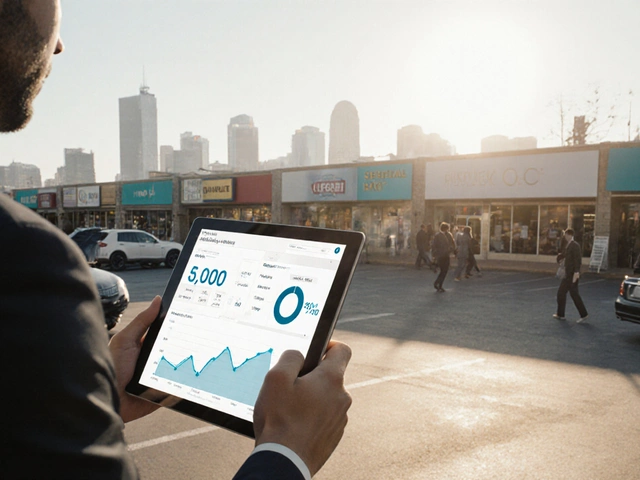Online Home Purchase: Simple Steps to Buy a House Over the Internet
Buying a house online sounds modern, but it can feel intimidating if you don’t know where to start. The good news is that the process is almost the same as a traditional purchase – you just use digital tools for each step. In this guide you’ll get clear, practical tips that let you move from browsing listings to owning a home without the usual paperwork hassle.
Start with the Right Platforms
First, pick a reputable real‑estate portal that focuses on verified listings. Look for sites that show clear photos, floor plans, and neighborhood data. Good platforms let you filter by price, size, and amenities, so you can narrow down options in minutes instead of hours. Before you trust any site, check reviews and see if they have a secure payment gateway for deposits.
Do Your Homework Before You Click ‘Buy’
Even though you’re online, due diligence still matters. Request a virtual tour or a live video walk‑through to verify the property’s condition. Use Google Maps to check the area’s schools, transport links, and safety scores. If the seller provides a recent property tax statement, compare it with the asking price – a big gap could be a red flag.
Next, run a quick title search. Many online services let you check ownership records for a small fee. Knowing who owns the land and whether there are any liens saves you from surprise legal issues later. If you’re unsure, a short call with a local attorney can clear things up fast.
Financing is another key step. Many banks now offer pre‑approval tools that give you a digital commitment in under an hour. Upload your income proof, credit score, and the tool will tell you how much you can borrow. Having this number handy strengthens your offer and shows the seller you’re serious.
When you’re ready to make an offer, use the platform’s built‑in e‑sign feature. Sign the purchase agreement, attach your pre‑approval letter, and pay the earnest money through the secure payment portal. Most sites hold the money in escrow until the sale closes, protecting both parties.
After the offer is accepted, the closing process moves online too. Schedule a digital title meeting, sign the deed, and transfer the remaining balance via a bank wire or a trusted escrow service. The seller will then hand over the keys – often by mailing them or arranging a lock‑box pickup.
Finally, think about post‑purchase steps. Update your address with the post office, set up utilities, and if you need a home inspection, many inspectors now offer video reports. These small tasks keep the transition smooth and protect your new investment.
Buying a home online isn’t a futuristic experiment; it’s a practical method that saves time and reduces paperwork. Follow these steps, stay alert for scams, and you’ll enjoy the convenience of closing a deal from your couch. Happy house hunting!





